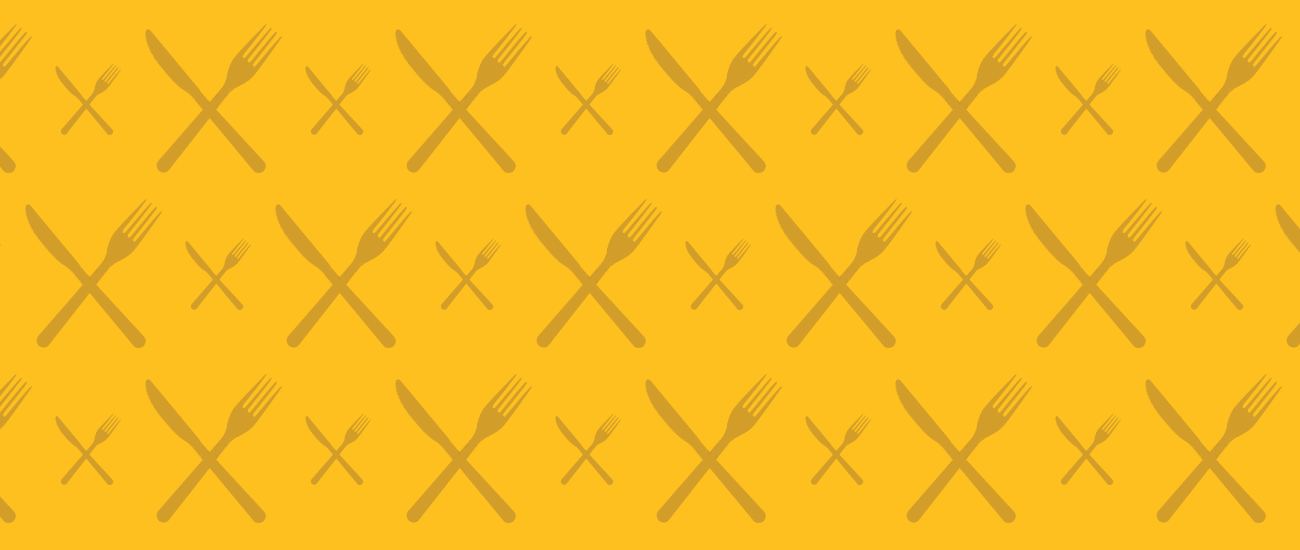
Honest Tea announced today that it sold a 40-percent stake to Coca-Cola Co. I've written in the past about this great company, which for 10 years has been plugging away making a tasty, all organic, less sweet bottled tea product and growing like crazy. But when the email announcing the deal landed in my in-box, I had to do a double-take.
A double-take, even though I've seen nearly every major success story in the organic world gobbled up by a mainstream player. Even though, this deal makes so much sense I want to slap myself silly. Even though, Honest Tea was immediately de-cokifying itself on the founder's blog:
While Coke is now our largest shareholder, the agreement was negotiated to ensure that Honest Tea will not be managed or controlled by Coke. We will continue to operate as an independent business with the same leadership and mission. (my emphasis).
 Seth Goldman, who co-founded this company by lugging around bottles
of tea in duffel bags, has seen it all. But when I talked with him, a
couple of years back, he kept making the point of how hard it was to
get on store shelves.
Seth Goldman, who co-founded this company by lugging around bottles
of tea in duffel bags, has seen it all. But when I talked with him, a
couple of years back, he kept making the point of how hard it was to
get on store shelves.
In the $50 billion bottled drink biz, making the flavored water (tea, juice, soda, vitamin water, whatever) is the easy part. The much harder part is getting others to sell it. We're talking distribution, shelf placement, getting eyeballs in front of the drink, so that consumers can give it a chance. Because once they try it, they'll probably come back. But getting to the starting gate is really, really hard.
Seth had to claw each step of the way. A deal with beer distributors in Chicago was a major coup. Finally getting into corner bodegas in San Francisco was a score. When he made Target, that was like being on deck in the World Series. All the time, he kept looking over his shoulder, hoping that he was keeping his core customers, like Whole Foods, happy, even as he expanded beyond their universe. After all, he had to, in order to grow. And, after nearly a decade expanding, he told me he was finally, finally breaking even. Not making money. But not losing any. Yeah!
To get to this point, he brought venture investors onto the team, and they tend to look for a return on investment. Put those two elements together -- the crying need for a distribution channel and an investor pay day -- and the company's fate was sealed. A sale of equity was all but inevitable. As Seth and his co-founder, Barry Nalebuff, a Yale biz professor (both pictured above), state on their blog:
Despite our 66% annual compound growth rate (70% in 2007), we still aren’t reaching all the people we want to reach. Our business has inspired many ... but we also want to see Honest be a change agent through our own actions. When we buy 2.5 million pounds of organic ingredients, as we did in 2007, we help create demand for a more sustainable system of agriculture, one that doesn’t rely on chemical pesticides and fertilizers. But when we buy ten times that amount, we help create a market that multiplies far beyond our own purchases. When we sell 32 million bottles and drink pouches with less than half the calories of mainstream alternatives, as we did in 2007, we help displace 2,400,000,000 empty calories. That’s important, but when we sell ten times that number, we help lead a national shift toward healthier diets.
But hold on there Seth ... I get the bigger is greener and more healthy part. But remember, you're getting
into bed with the people who put high fructose corn syrup on the map. You're selling equity to the same people you want to displace. Is there something wrong with this picture?
The risks here are obvious, ending up as so much Snapple road kill, or worse, as you recognize:
So how do we move from the ideal to the real without screwing up what we’ve created? The world of mission-driven business is littered with entrepreneurs whose companies lost their soul or at least lost their leadership. Whether you talk to Ben Cohen from Ben & Jerry’s or Steve Demos from Silk, they will tell you that if they could do it over again, they would have done it differently. I am determined to make sure that never happens with Honest Tea. Our challenge is to find a partner who wants to “buy in” to our mission, rather than one who wants us to “sell out”. Any partner that we consider must understand that the “Honest” brand stands for great-tasting, healthier beverages that are produced in a more sustainable manner. As long as that partner buys into our approach, we welcome the opportunity to expand the scale and reach of Honest Tea.
Funny,
Seth, but when I talked with Steve Demos after he sold Silk he used the same language.
Dean Foods was "buying in," he wasn't "selling out." But that's before
he was kicked out the door.
But, I know, I know. With ubber social capitalist Gary Hirshberg of Stonyfield on your board, you believe that this can be done. Hirshberg's argued for years he's doing it with Danone. And Coke will support your mission because your mission will make them money. Plus, you cannot remain small and independent in the drink market and survive. No one has. Can't be done.
And I know why Coke is buying you. The soda business is not just stagnant, it's shrinking. The market for bottled water and less-sweet, low-caloric drinks is going through the roof. Coke and the others need a new game in town. You're it.
But remember your name, Honest Tea? The name implies that there is something less honest or dishonest out there that is being sold, and you are the alternative. Being the alternative - it's part of your DNA.
So you have to make the case that Coke will not compromise all that your brand stands for, and has stood for, over the years. Heck, all that YOU stand for.
And that, frankly, is going to be the toughest sale of your career. Because it has less to do with selling Honest Tea than it does with selling Coke.
I wish you luck.
- Samuel Fromartz


 In response to dramatic overfishing of bluefin tuna in the Mediterranean, a number of major European retailers took matters into their own hands and declared a boycott on selling the endangered fish,
In response to dramatic overfishing of bluefin tuna in the Mediterranean, a number of major European retailers took matters into their own hands and declared a boycott on selling the endangered fish, 



 , which documented the practices that led to the collapse of cod stocks in the North Sea and which also spent many pages on the free-for-all underway in Africa. (I
, which documented the practices that led to the collapse of cod stocks in the North Sea and which also spent many pages on the free-for-all underway in Africa. (I